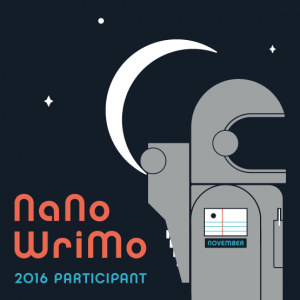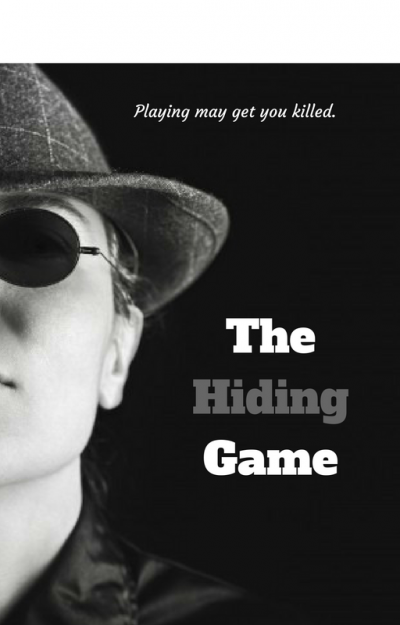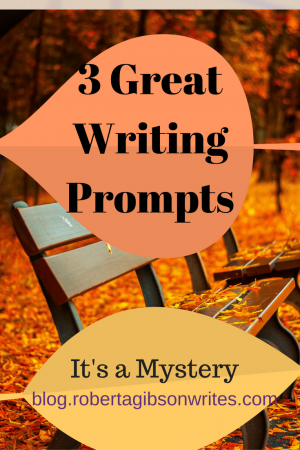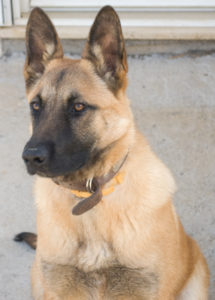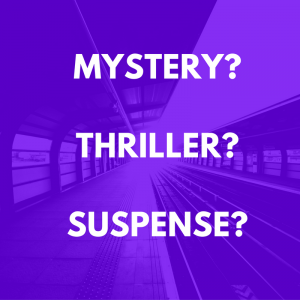A few weeks ago Jodie Archer signed her new book written with Matthew L. Jockers, The Bestseller Code: Anatomy of the Blockbuster Novel at The Poisoned Pen Bookstore. It was a rainy day and I went on a whim, but it turned out to be worthwhile, perhaps even life changing. A book signing that was life changing? It’s that kind of book.
What the authors did:
What makes a novel a bestseller? Can you predict which books will become bestsellers? To answer those questions, Jodie Archer and Matthew Jockers used computer models to examine the digital manuscripts of 20,000 novels written over the last few decades. First they “trained” the model using 28,000 features to figure out how a bestseller is different from a non-bestselling novel. Using a reduced set of features (the 2,799 that seemed to have best predictive value), they tested whether they could establish if a novel would become a hit. Averaging over the three different methods they used, they were able to predict whether a given manuscript would become a blockbuster with 80% accuracy.
Writing tips:
Right up front, this book is not a how-to for writing bestselling novels. Some of what the authors found, however, can be translated into useful writing tips. The factors they identified in bestsellers are not top secret, but reflect writing techniques used by experienced and well-trained authors.
For example, they found bestselling novels rarely contain the word “very,” whereas “very” can show up frequently in non-bestsellers. The difference is because experienced authors know to avoid the word. To follow their example, you can find numerous tutorials online about more active and concrete substitutes, such as 45 Ways to Avoid Using the Word ‘Very.’
The book also offers insights into titles, themes, characters, and plotting. For plots, the authors graphed the emotional turns or “beats,” forming curves. Using E.L. James’s Fifty Shades of Grey as a case in point, they show how the places where the beats occur in the novel are important factors in determining whether the novel will be a bestseller or not.
Not clear what we mean by emotional curves? Kurt Vonnegut explains more about it in this video:
The bottom line is if you want to improve your chances of writing a bestselling novel, this book will reinforce what you already may have learned with supportive data.
At this time the authors are not using their model to predict bestsellers as a service. To find out more and sign up for a mailing list, see their website.
Dear Reader:
The Bestseller Code also has much to offer to novel readers. In the final chapter, Archer and Jockers have created a list of 100 books their computer model picked as best reads. How did the computer do? On Monday October 24, 2016 we are going to launched a challenge to read through the list and share our thoughts. For now you can see some of the books on the 100 Book List in the navigation bar. We hope you will join us.
Conclusions:
The Bestseller Code offers an understanding of how computers can mathematically predict bestselling novels. At her book signing, Jodie Archer encapsulated how this may change our future when she compared how a book can be considered a work of art versus how publishers treat books as products. Perhaps computers will be able to pick the most likely products to become bestsellers, but humans are still needed to appreciate a novel’s value as art.
Publisher: St. Martin’s Press (September 20, 2016)
ISBN-10: 1250088275
ISBN-13: 978-1250088277

